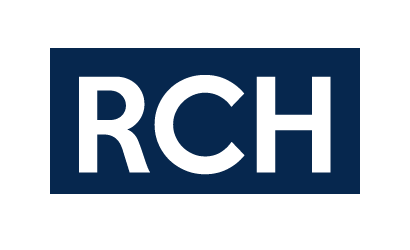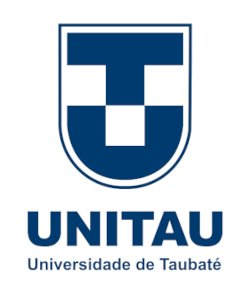Submissions
Submission Preparation Checklist
As part of the submission process, authors are required to check off their submission's compliance with all of the following items, and submissions may be returned to authors that do not adhere to these guidelines.- The contribution is original, it has not been previously published and it is not being evaluated for publication by another journal.
- The files for submission are in Microsoft Word, OpenOffice or RTF format (as long as it does not exceed 2MB).
- All web page addresses (URLs), included in the text (e.g.: https://www.rchunitau.com.br) are active and ready to click.
- The text follows the style standards and bibliographic requirements described in Guidelines for Authors, at About the Journal section.
- All content published in the original articles, review articles, experience reports, interviews is the sole responsibility of the authors.
- All material has undergone previous textual revision before submission to the Journal.
- Research including human beings must present the approval of the Research Ethics Committee, as well as the process for obtaining the free and informed consent of participants. (Resolução nº 510 do Conselho Nacional de Saúde de 07 abr./2016).
- There is no conflict of interest in submitting this journal and there is awareness that the prospect of publishing articles in this journal is up to 2 years.
- Revista Ciências Humanas does not charge a submission/evaluation fee for articles and does not remunerate authors/authors who have their work published in it.
- Omission situations will be decided by the Editorial Board.
Copyright Notice
A Revista Ciências Humanas utiliza uma licença Creative Commons Attribution 4.0 International License.
Os autores dos trabalhos aprovados autorizam a revista a, após a publicação, ceder seu conteúdo para reprodução em indexadores de conteúdo, bibliotecas virtuais e similares.
Esta licença permite que outros distribuam, remixem, adaptem e criem a partir do seu trabalho, desde que lhe atribuam o devido crédito pela criação original.
Privacy Statement
The names and addresses given in this journal will be used exclusively for the services provided by this publication and will not be made available for other purposes or to third parties.






